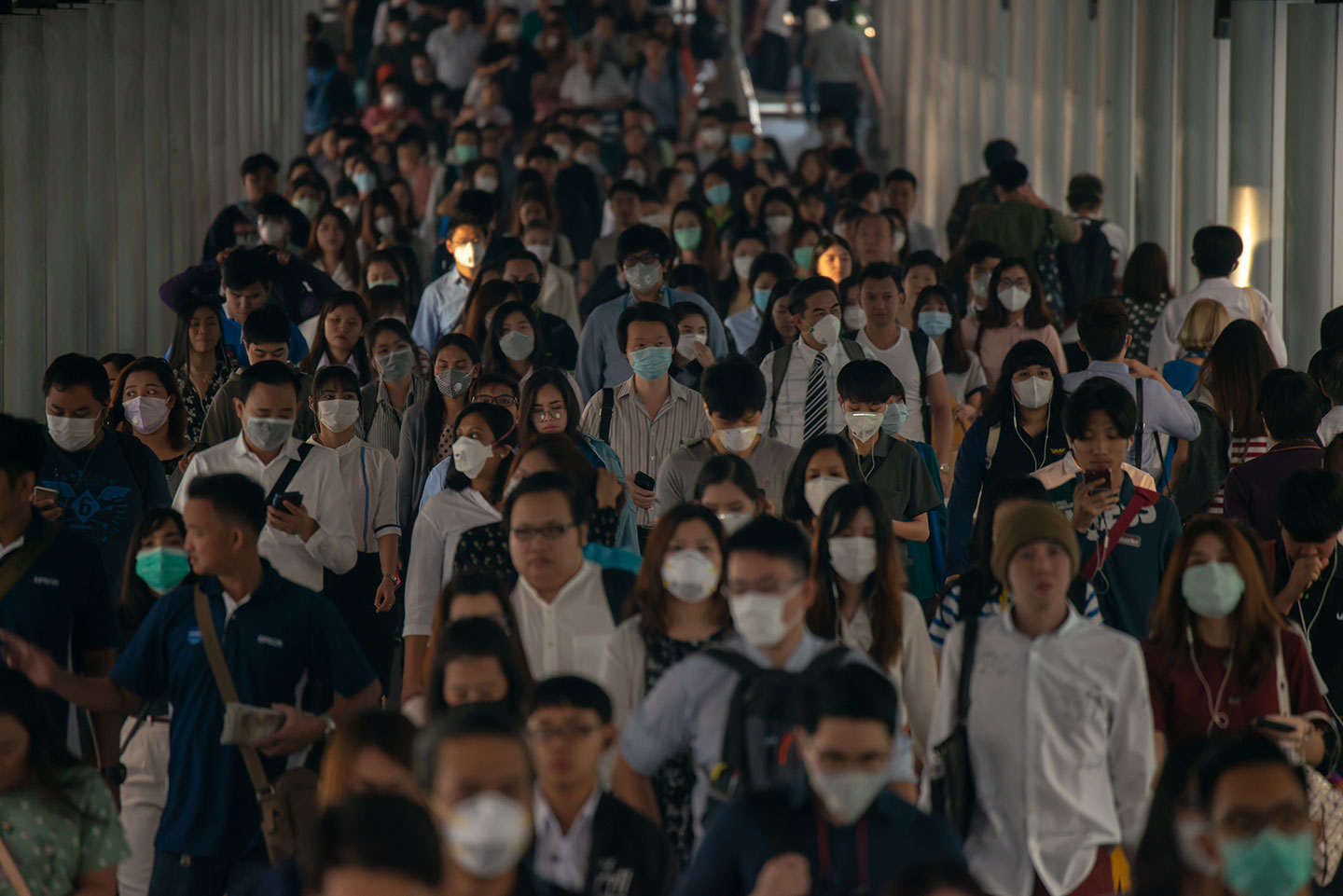Items such as masks and vaccines did not become popular until diseases strike. In normal circumstances, large multinational enterprises (MNEs) own the market share for such items in emerging economies. The domestic firms take a step back. In the absence of widespread diseases, their customers in emerging economies would not spend their disposable income on items that incur costs now for some uncertain benefits in future.
When a disease outbreak suddenly happens, however, everything changes. On one hand, incumbent MNEs may be in a better position to leverage their global scale and reinforce their dominance in life-saving products across regions within a large country. On the other hand, a spike in global demand for such items means that MNEs may find it more appealing to sell to other richer foreign economies instead of the underdeveloped domestic regions. This is under a condition when capacity constraints limit their ability to supply to both sets of the target audience.
How will different firms react? My collaborators, Dr Chirantan Chatterjee from the University of Sussex Business School, Associate Professor Anant Mishra from the Carlson School of Management at the University of Minnesota, and I turned to history to look for answers. In our study published in the journal Management Science, we investigated how multinational and domestic vaccine firms in India responded to the 2009-2010 H1N1 pandemic and its resulting sudden increase in global flu vaccine demand.
In a large country such as India, the levels of healthcare infrastructure and political alignments between the federal and regional governments vary across regions. In turn, this influences the market share of MNEs and domestic firms in the influenza vaccine markets relative to non-influenza vaccine markets.
We find strong evidence of a decline in MNEs’ market share in regions with low per-capita public health expenditures and a lack of political alignment between the federal and regional governments. The market entry of domestic firms from other vaccine product markets that now also started selling flu vaccines was the core driver of MNEs’ market share erosion. Unlike domestic firms, foreign firms did not enter the influenza vaccine market or expand in underdeveloped regions.
Our findings directly speak to the tensions that policymakers in several emerging economies face, that is, the complex challenge of attracting foreign firms to supply vaccines while also seeking self-sufficiency in domestic vaccine production.
Nations would do well to identify their regions that may require additional policy support to attract different kinds of firms to deliver life-saving products. Policymakers can give advance market commitments to reduce demand uncertainty for domestic firms. This could be a vital step towards incentivising domestic firms to innovate as well as serve regions that are most in need of life-saving products.
Our findings also bring useful insights for transnational organisations such as the World Health Organisation, Gates Foundation and GAVI, the Vaccine Alliance. Typically, a country’s per-capita income is taken as the cut-off line for eligibility for vaccine donations from organisations such as GAVI. While this criterion serves as a less controvertible heuristic, underdeveloped regions within a nation, made worse by a lack of health infrastructure and a lack of political alignment between the federal and regional governments, may deserve additional attention during a pandemic.
Given the wide differences within large emerging economies in Asia and Africa, rather than classifying an entire nation as eligible or ineligible for vaccine donations, considering how different subnational regions fare in health infrastructure and political alignment may lead to a more equitable allocation of needed supplies.




